Chinese opera is one of the most intricate and elaborate performance arts in the world, using music, speech, dance, and acrobatics as a means of storytelling.
Spanning at least a millennium, it is a show of the country’s rich culture and diverse art forms, drawing many global admirers for its stylized drama, masked characters, shimmering costumes, and complicated moves.
In this article, we take a look at Chinese opera: its history, styles, characteristics, and influence.
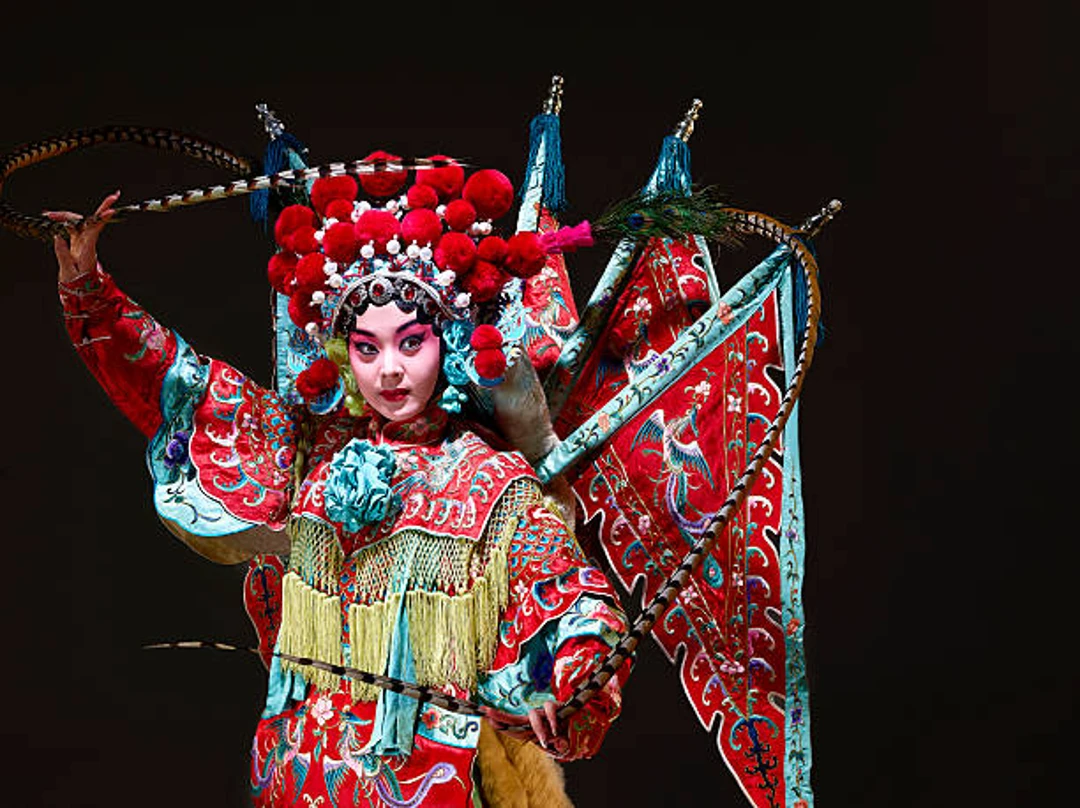
Origins and Historical Evolution
1. Origin
Chinese opera dates back over 2,000 years to the Qin and Han Dynasties. It originally consisted of folk dances, acrobatics, and narrative singing.
During the Han Dynasty (206 BCE - , during the Wudan period (220 CE). It was called Baixi and it’s basically a variety show, with music, dance, and acting, which later evolved into Chinese opera.
Over time, performances began to include storytelling and this laid the groundwork for a more structured type of drama.
2. Evolution
In the Tang Dynasty (618–907 CE), Emperor Xuanzong opened the Pear Garden, the earliest opera school in the world, to train his resident performers.
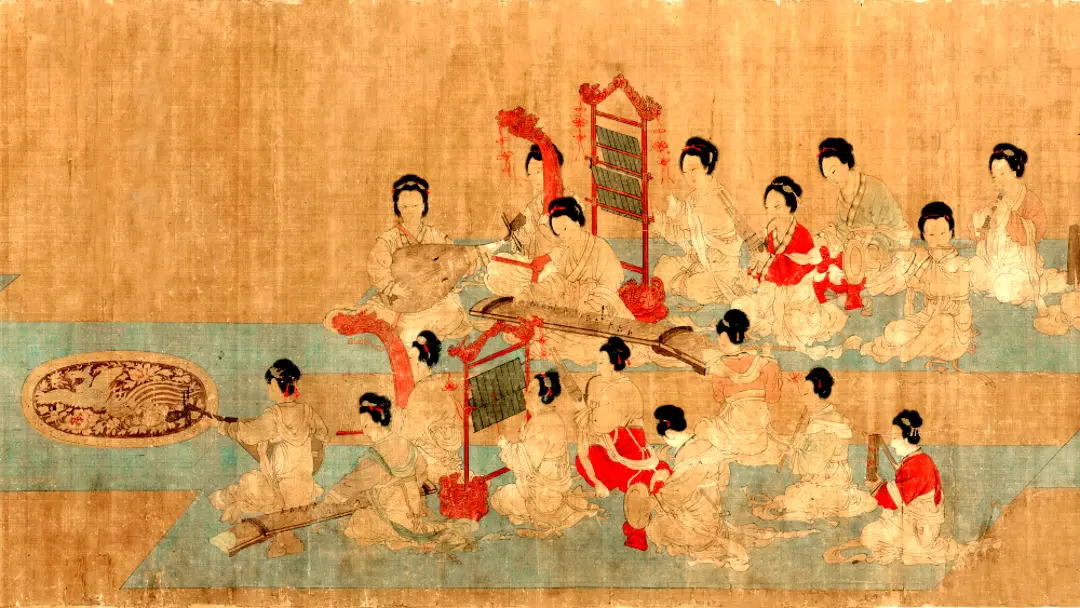
It was during this time that musical and dramatic genres were further developed, leading to the first opera types, including Canjunxi which mixed comedy and satire.
Durign the Song and Yuan Dynasties (960-1368 CE), the epicenter of performance was the Zaju, a short play that included poetry, music, and dance.
Yuan Zaju, which featured a four-act structure and detailed characterizations, served as a precursor to future opera styles.
3. Development
During the Ming and Qing Dynasties (1368-1912), Chinese opera branched out with different regional styles.
Kunqu Opera was a prominent operatic form during the Ming Dynasty, lauded for its elegant literary writing and subtle acting.
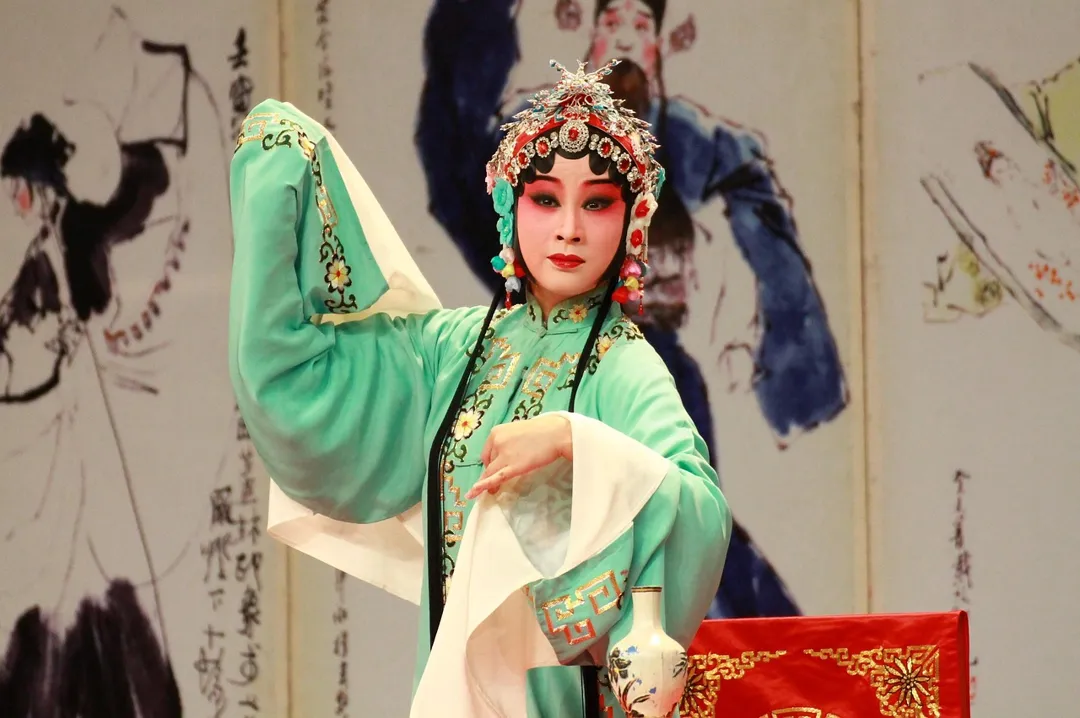
The most dominant and popular type is Peking Opera, which was developed in the 18th century during the Qing Dynasty and integrated components from other regional styles of opera.
Chinese opera evolved over the centuries incorporating new elements yet staying true to its roots.
Chinese opera is still a popular art form today, in China and around the world.
Chinese Opera Styles
Chinese opera includes a variety of regional styles, each with its own unique features, historical roots, and performance techniques. Below are the most notable styles:
1. Peking Opera
Origin: The art form began in Beijing in the Qing Dynasty (1790).
Characteristics: Gaudy costumes, stylized movement, and symbolic face painting. It combines singing, dialogue, acting, and acrobatics.
Influence: The most famous and influential Chinese opera, which is often said to be the national opera of China.
Famous Works: Farewell My Concubine, The Drunken Concubine.

2. Kunqu Opera
Origin: It was invented in the late Yuan dynasty, and became very popular during the Ming Dynasty.
Characteristics: Known for its elegance, poetic dialogue, and melodious dance movements. It features exquisite literary performance and slower expressions and gestures.
Influence: It’s the forefather of a lot of regional opera and has been recognized as a UNESCO Intangible Cultural Heritage.
Famous Works: The Peony Pavilion, The Palace of Eternal Life .
3. Yue Opera
Origin: It originated in the early 20th century in Zhejiang Province.
Characteristics: It has soft, melodious tunes and romantic love stories, often focusing on the lives of women. Musically, it is a blend of traditional local songs and contemporary sounds.
Influence: Popular in southern China and among Chinese communities abroad.
Famous Works: Butterfly Lovers, Dream of the Red Chamber.
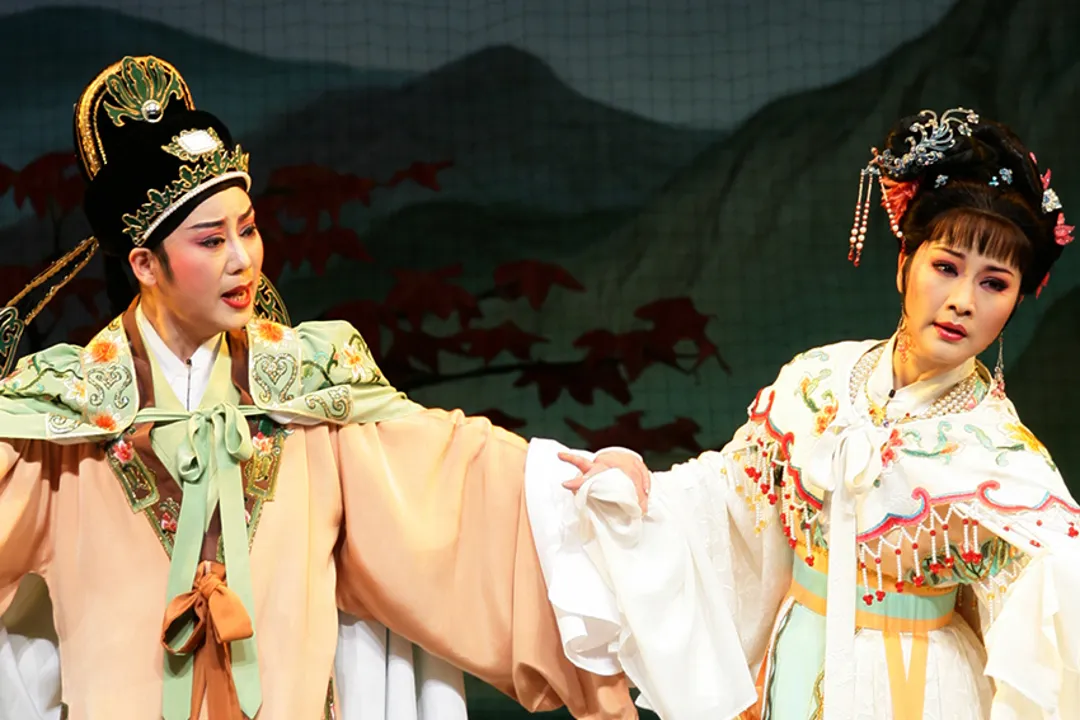
4. Cantonese Opera
Origin: Began in the province of Guangdong during the Ming Dynasty and came of age during the Qing Dynasty.
Characteristics: A mix of martial arts, acrobatics, and song, often with colorful costumes and convoluted plots.
Influence: Popular in southern China, Hong Kong, and with overseas Chinese.
Famous Works: The Legend of the White Snake, Princess Changping.
5. Shaoxing Opera
Origin: Originated in the Qing Dynasty in Shaoxing, Zhejiang Province.
Characteristics: Consists of a historical narrative with vibrant character development and features singing, conversation, and action scenes.
Influence: Known for its expressive and emotional storytelling.
Famous Works: The Monkey King Borrowing the Fan.
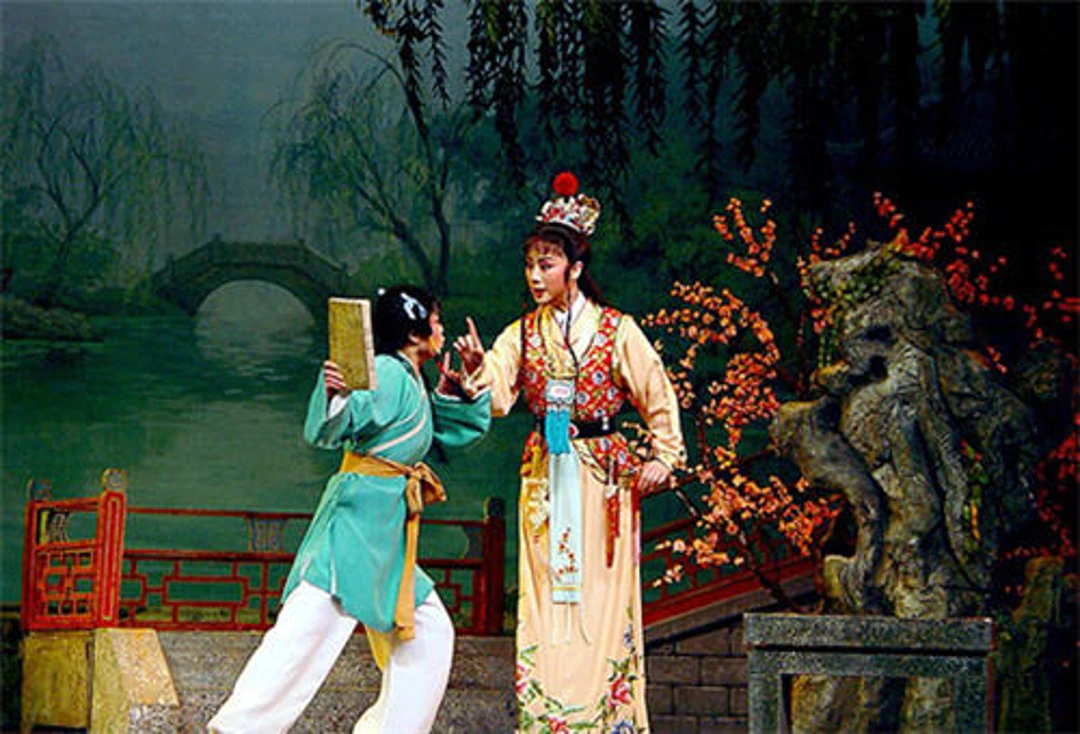
6. Huangmei Opera
Origin: Anhui Province, Qing Dynasty.
Characteristics: Simple, pretty, and distinguished by tender melodies; they’re typically about love and family.
Influence: Catchy and simple stories with pretty folk tunes.
Famous Works: The Female Consort Prince, Marriage of the Fairy Princess.
7. Qinqiang Opera
Origin: This is one of the oldest styles and dates back to the Tang Dynasty in Shaanxi Province.
Characteristics: Known for its striking and powerful vocal delivery and raw emotional depth.
Influence: Influenced the development of other regional operas.
Famous Works: The Case of the Orphan of Zhao.
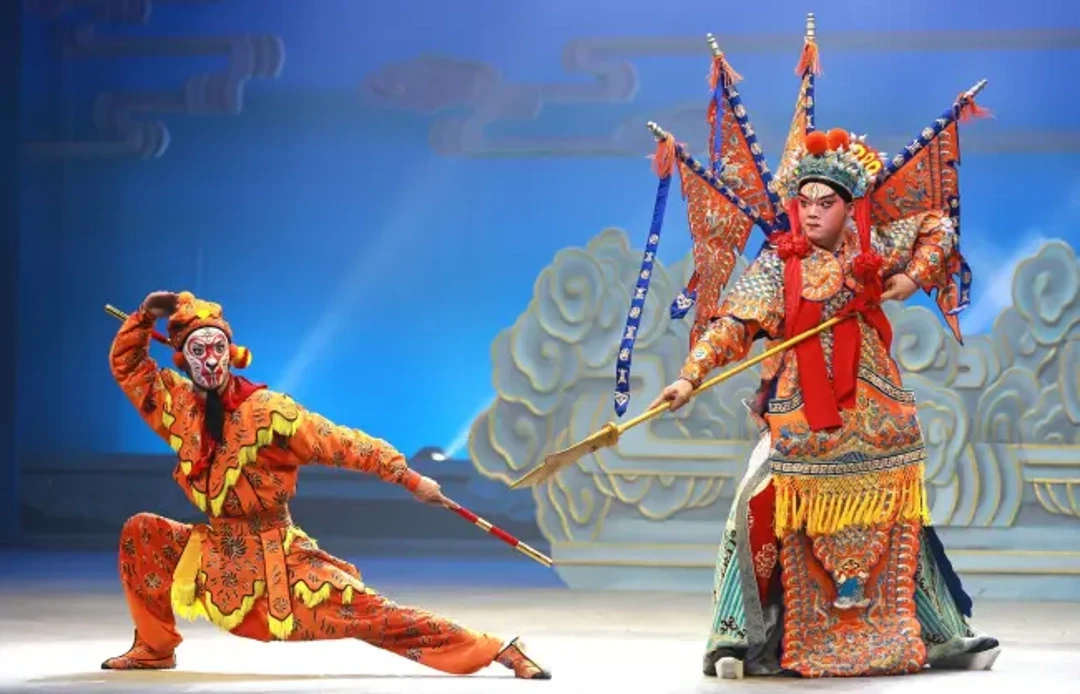
8. Pingju Opera
Origin: Originated in Hebei Province, late 1800s.
Characteristics: Incorporating local traditional music with a neo-realistic acting style focused on contemporary themes.
Influence: Popular in northern China; known for his grounded stories.
Famous Works: Liu Qiao'er, The Red Lantern.
9. Sichuan Opera
Origin: First made in Sichuan Province in the time of the Ming and Qing Dynasties.
Characteristics: Known for its quick mask-changing and its comedic shows.
Influence: Known for its lively atmosphere and magical stage tricks.
Famous Works: The Legend of the White Snake, The Case of Chen Shimei.
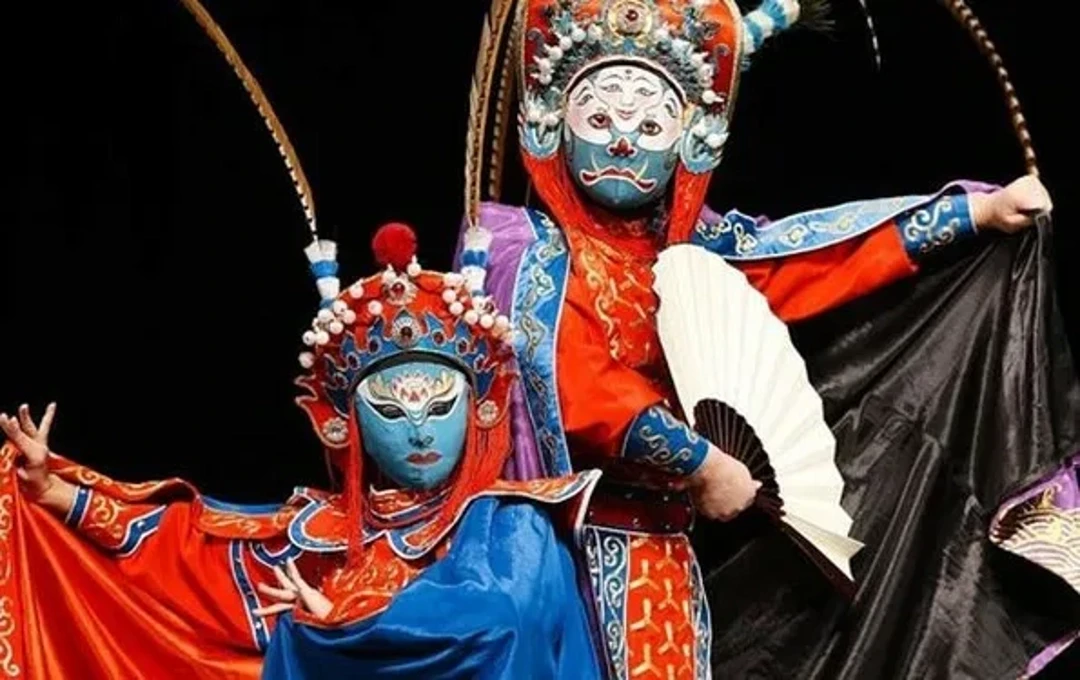
10. Hebei Clapper Opera
Origin: Qing Dynasty, Hebei Province.
Characteristics: Strong rhythms and powerful melodies, frequently about heroes and historical events.
Influence: Helped develop northern Chinese opera styles.
Famous Works: Yang Family Generals, The Case of Dou E.
Key Elements of Chinese Opera
There are many different kinds of Chinese opera, but the main elements are:
1. Role Types
Chinese opera has a particular role system with specific characteristics and symbolism.
Five main role types exist across different opera styles (such as Peking Opera, Yue Opera, and Cantonese Opera):
Sheng (生) – The male protagonist, often depicted as a scholar, warrior, or nobleman. Further subtypes include Laosheng (old-man role), Xiaosheng (young-man role), and Wusheng (martial-man role).
Dan (旦) – The female lead, which can range from young maidens to noblewomen. Subtypes include Qingyi (vivacious lady), Huadan (vivacious maiden), and Laodan (old woman).
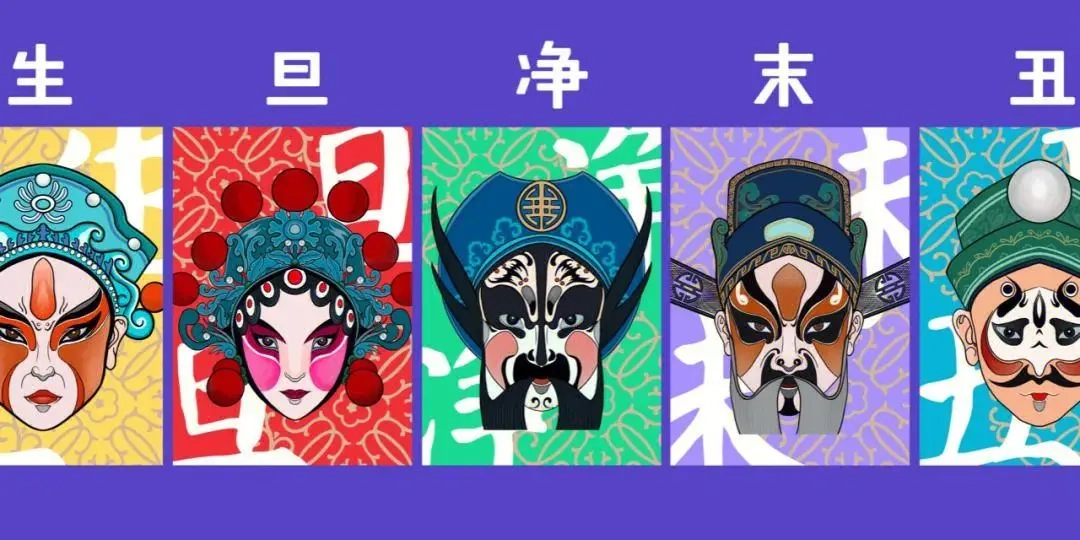
Jing (净) – The painted-face character known for strong personalities and exaggerated facial makeup. Often plays heroic generals, deities, or villains.
Chou (丑) – The comic role, distinguished by a small patch of white paint on the nose. The Chou character provides comic relief and may play either clever or foolish characters.
Mo (末) – A secondary male character who propels the plot and adds layers to the story.
2. Music and Singing
Music is also a key element in establishing atmosphere and helping steer audiences through the story.
Two main styles:
Xipi – Energetic and lively.
Erhuang – Mellow and solemn.
3. Costumes and Makeup
The costumes are intricate and detailed, representing the character’s rank, age, and personality.
Face painting (Lianpu) uses symbolic colors:
Red – Loyalty and bravery.
Black – Integrity and firmness.
White – Treachery and cunning.
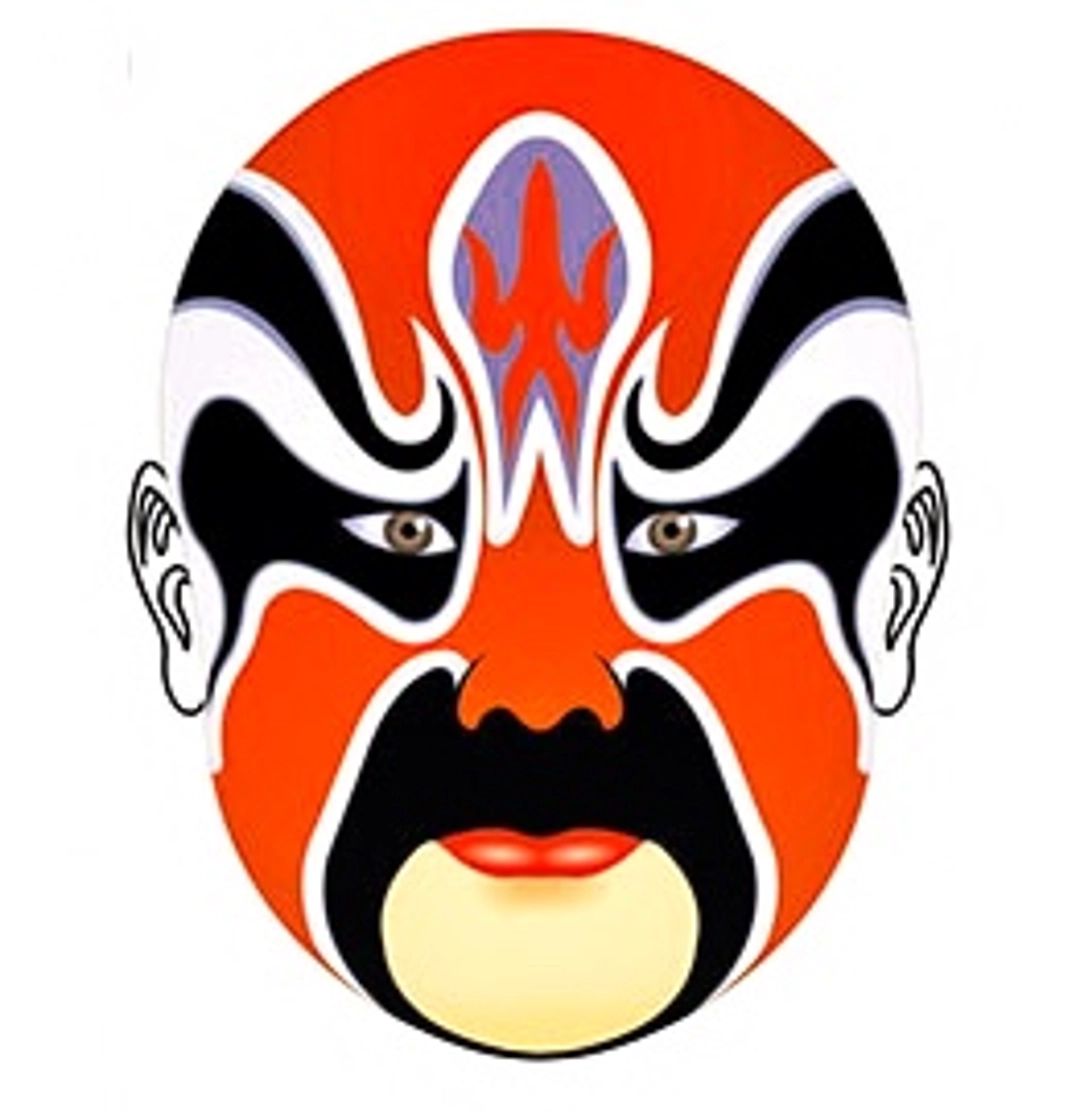
4. Gestures and Movements
Gesture and body movements have meaning, along with how you sit and the way you angle your body. It would take actors years of training to master the gestures.
For example:
Flags and Weapons: Represent battles or journeys.
Water Sleeves: Emphasize emotion and grace.
Beards and Hairstyles: Indicate age, status, and personality.
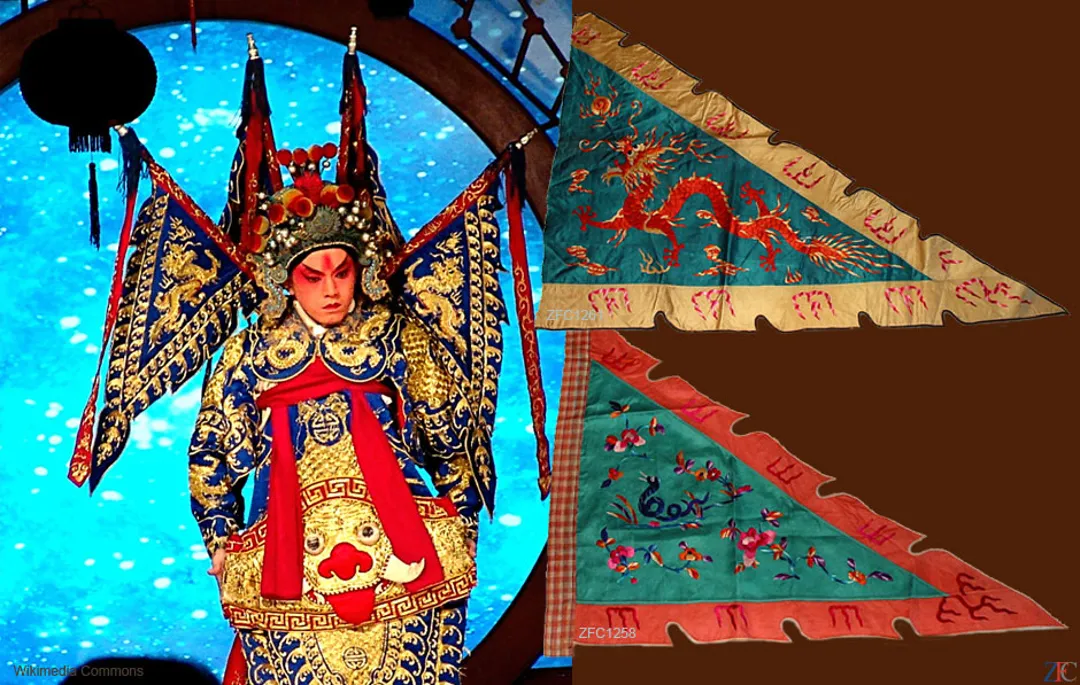
5. Dialogue and Recitation
Conversation can be lyrical and poetic, mixing classical Chinese with local languages.
FAQ
1. How many years of training does it take to become a Chinese opera singer?
They start training young and it usually takes them 7-10 years to become master of acting, singing, and acrobatics.
2. What instruments are used in Chinese opera?
Performances are accompanied by traditional instruments like the erhu, pipa, and various percussion instruments.
3. How does the audience understand the story if they don’t know the language?
The intricate movements, vibrant costumes, and exaggerated gestures help tell the story and express emotion.
4. Where do you recommend I see a Chinese opera?
Chinese opera can be seen at large theaters in cities like Beijing, Shanghai, and other cultural centers or performances and festivals around the world.
Conclusion
Chinese opera is a magnificent tapestry of history, culture, and art that has captivated audiences for centuries.
The range and complexity, symbolic meanings, and skillful performances have become a powerful symbol of the nation.
Whether you see the Peking Opera in Beijing or a Kunqu Opera in Suzhou, the experience is unforgettable. Although it has gone through changes, it is a living monument to artistic performance.
